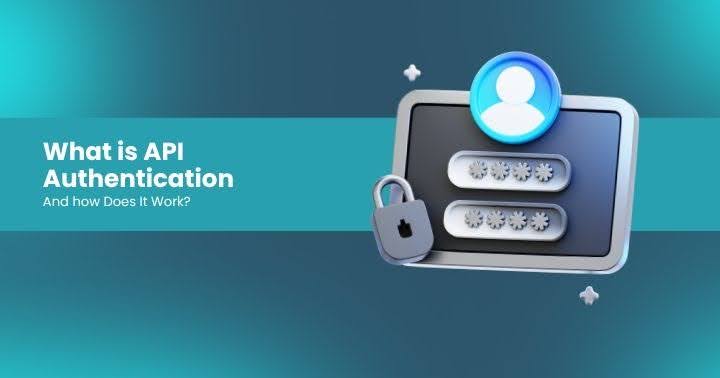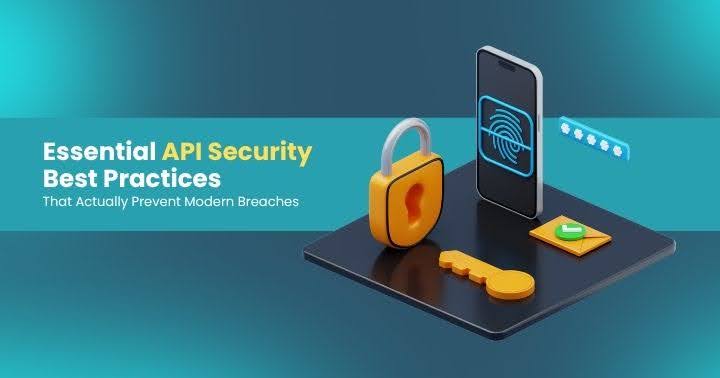Hacking Mobile APIs: Real-World Exploits and How to Defend Against Them
Think your mobile APIs are safe? Think again. In this explosive session from APIsec|CON '25, security engineer and APIsec University Ambassador Amir shows how attackers can manipulate API calls, escalate privileges, and transfer funds—without touching the mobile UI. This isn't theory—it's a live demo of just how deep the rabbit hole goes.

Hacking Mobile APIs: Real-World Exploits and How to Defend Against Them
Al-Amir Badmus
Why Mobile API Security Matters More Than Ever
In today’s mobile-first world, APIs power over 85% of mobile app functionality—from login screens to account management. While they streamline the user experience, they also create new attack surfaces. At APIsec|CON '25, Amir Badmus, a security engineer and APIsec University Ambassador, delivered a live session showing how attackers exploit insecure mobile APIs—and what DevSecOps teams can do to stop them.
What Makes Mobile APIs So Vulnerable?
Amir explained that mobile apps often display only a small portion of what their APIs return. What users don’t see, hackers can—and do—exploit. Here are the top mobile API vulnerabilities he spotlighted:
1. Broken Authentication
Hardcoded credentials—like usernames, passwords, API tokens, or JWTs—within the mobile binary can be easily extracted by attackers through reverse engineering.
2. Inadequate Encryption
Many apps fail to properly encrypt API traffic. If SSL pinning is misconfigured, tools like Burp Suite can intercept and read sensitive data in transit.
3. Excessive Data Exposure
APIs sometimes return more information than necessary—such as admin flags or detailed account info—which attackers can use for further exploitation.
4. Mass Assignment Flaws
Attackers can manipulate hidden JSON fields (e.g., isAdmin: false) and resubmit them to gain unauthorized access or escalate privileges.
5. Missing Rate Limiting
Without throttling, attackers can brute-force logins, scrape data, or exploit IDOR vulnerabilities at scale.
How to Defend Your Mobile APIs
To protect your mobile APIs, Amir recommends a layered defense strategy:
1. Enforce Strong Authentication
- Never hard-code credentials.
- Use secure token management, MFA, and granular access control.
2. Encrypt All Data
- Implement TLS with SSL pinning.
- Encrypt sensitive data both at rest and in transit.
3. Limit Data Exposure
- Only return necessary fields in API responses.
- Strip out internal flags, IDs, or sensitive metadata.
4. Apply Rate Limiting & Input Validation
- Block brute-force and automated attacks.
- Validate all inputs on the server side.
5. Integrate Security into DevOps Pipelines
- Manual Testing: Use tools like Burp Suite for deep inspection.
- Automated Scanning: Employ solutions like APIsec to test across hundreds of endpoints.
- Threat Modeling & Pentesting: Start early in development—and test often.
How do Attackers Exploit your Apps? Live Demo: Exploiting a Vulnerable Mobile Banking App
Check out our live demo and watch a hands-on exploit of a purpose-built training app called Vuln Bank Mobile. Here's what you'll see:
- APK Installation on Emulator: Loaded the vulnerable app in a test environment.
- Traffic Proxy via Burp Suite: Intercepted API traffic using custom scripts and certificates.
- Data Exposure: Viewed sensitive fields like account balances and admin status.
- Privilege Escalation: Modified JSON payloads to elevate privileges (e.g.,
isAdmin: true). - Balance Inflation: Tampered with transfer endpoints using negative or inflated values.
- Admin Panel Access: Leveraged escalated permissions to reach restricted backend areas.
The takeaway? Even secure-looking apps can be compromised if their API backend isn’t airtight.
Final Thoughts: Secure APIs = Secure Apps
Mobile APIs are a vital part of modern app infrastructure—but they’re also a major target for attackers. Amir’s live demo was a wake-up call: what your users can’t see could hurt you.
DevSecOps teams must adopt proactive, continuous API security practices—from design through deployment. With strong authentication, encryption, rate-limiting, and rigorous testing, you can minimize your risk and stay ahead of evolving threats.
Latest Articles
Earn your APIsec University Certificate
Earn an APIsec University certificate and badge for completing any of our courses.
Post your badge on LinkedIn and share your accomplishments. You can even receive CPE credits for taking these courses.











